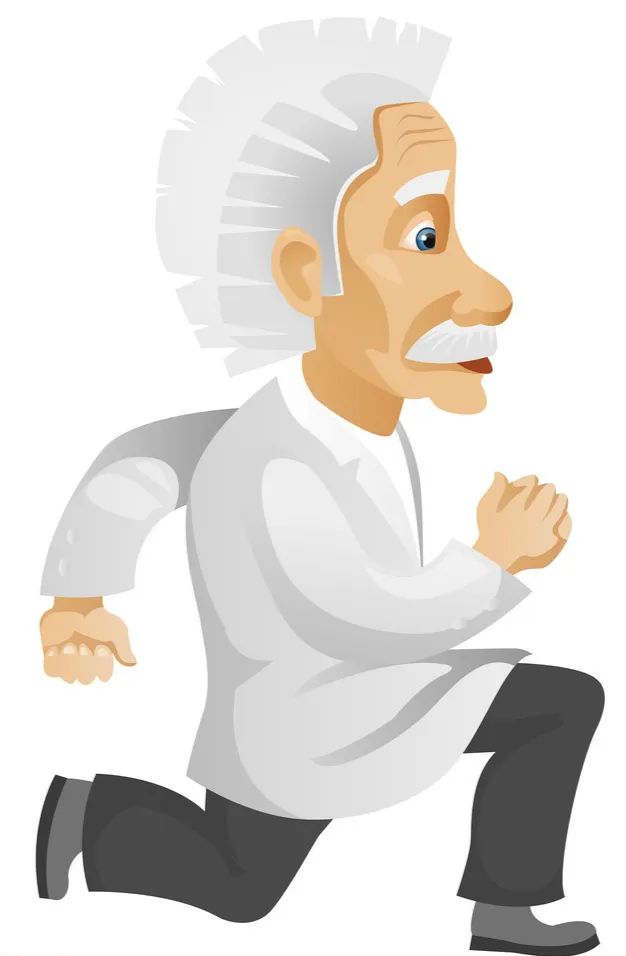
Understanding Constitution and Health Preservation

 “Health preservation” refers to the maintenance of life. A person’s constitution is related to both innate endowment and acquired development. There are principles that must be followed in acquired health preservation, but there are not too many strict rules. What is health preservation? It is not complicated. Health preservation means following nature, working at sunrise and resting at sunset; it means letting go and not overly pursuing external possessions, as going against nature is going against health preservation. To put it simply, health preservation means eating when hungry but not overeating, cooling down when hot but not getting too cold, moving when tired but not being lazy, and sleeping when sleepy but not oversleeping… However, it seems we have gradually drifted away from these principles. Why do the people of Bama in Guangxi live long lives? The answer is: because of “two abundances and two moderation”, which means they move more, sleep more, think less, and eat less.
“Health preservation” refers to the maintenance of life. A person’s constitution is related to both innate endowment and acquired development. There are principles that must be followed in acquired health preservation, but there are not too many strict rules. What is health preservation? It is not complicated. Health preservation means following nature, working at sunrise and resting at sunset; it means letting go and not overly pursuing external possessions, as going against nature is going against health preservation. To put it simply, health preservation means eating when hungry but not overeating, cooling down when hot but not getting too cold, moving when tired but not being lazy, and sleeping when sleepy but not oversleeping… However, it seems we have gradually drifted away from these principles. Why do the people of Bama in Guangxi live long lives? The answer is: because of “two abundances and two moderation”, which means they move more, sleep more, think less, and eat less.

From this perspective, health preservation is a lifestyle, an acquired cultivation that reflects one’s understanding of life. However, it requires the accumulation of knowledge and moral goodness. The most basic requirement is personal effort, as one reaps what one sows; health cannot be bought with money. Therefore, health preservation needs to be emphasized and nurtured in all aspects of life, and life will be nourished in every little detail.



1. Harmonious Constitution
The harmonious constitution is characterized by the balance of yin and yang, the harmony of the organs, the equilibrium of the meridians, and the orderly circulation of qi and blood. The internal environment of the body is like a well-governed state: orderly, efficient, coordinated, balanced, and peaceful. Its characteristics include good health and fewer illnesses. However, the harmonious constitution only accounts for 8% of the total population, representing those favored by heaven and skilled in health preservation.


(1) Identification of Harmonious Constitution
-
Body Shape: The body is well-proportioned, and weight is stable with little fluctuation. This reflects a balance and smoothness in dietary intake and excretion, corresponding to normal bowel movements with few instances of diarrhea or constipation.
-
Skin: Although there may be some spots or acne, the skin has a healthy glow, and spots and acne are easily resolved, indicating good blood circulation in the skin.
-
Lips and Tongue: The lips and tongue are light red, not dark purple or thin; the tongue coating is thin and white, and the tongue body is moderately sized and moist. This generally reflects a clean internal environment, with indicators such as blood sugar, lipids, uric acid, and blood pressure being neither too low nor too high.
-
Hair and Nails: They are shiny and lustrous, indicating abundant liver blood, kidney essence, and spleen qi.

In a poem by Zhu Xi from the Song Dynasty, “A half-acre square pond reflects the sky and clouds, asking where such clarity comes from, it is because of the source of living water,” one can understand the reason and phenomenon of the harmonious constitution: the clarity of the water surface is due to the continuous flow of fresh water, maintaining balance in its entry and exit. Human health is similar; as long as the processes of intake and output, including all intermediate links within the body, are smooth and unobstructed, the external appearance will naturally be fresh and radiant. This is the characteristic of the harmonious constitution. Individuals with this characteristic have a strong adaptability to the environment, being able to endure both cold and heat, feeling full or hungry, not easily angered or worried, and maintaining a calm and peaceful demeanor.




Dr. Zeng Qingming
Provincial Famous TCM Physician, City Famous TCM Physician
Former Director of the Luohu District TCM Hospital in Shenzhen
Chief TCM Physician, Professor, Doctoral Supervisor
Leading figure in modern clinical TCM in Shenzhen
Specializes in treating:Common and frequently occurring diseases in internal medicine, gynecology, andrology, geriatrics, otorhinolaryngology, and dermatology. This includes the “four highs” (high blood pressure, high blood sugar, high blood lipids, high uric acid), coronary heart disease, thyroid diseases (thyroid nodules, hyperthyroidism, hypothyroidism), bronchial diseases, tumors (including polyps, cysts, hyperplasia, sclerosis, fibrosis, stones, lipomas, and other tangible masses), as well as insomnia (including anxiety and depression); gynecological issues such as infertility, menstrual disorders, habitual miscarriage, ovarian function decline, polycystic ovary syndrome, fallopian tube blockage, menopausal syndrome, and chronic gynecological inflammation; andrology issues such as male infertility, benign prostatic hyperplasia, and sexual dysfunction; geriatric issues such as senile brain diseases (dementia, stroke sequelae) and gastrointestinal diseases, with rich clinical experience!

Appointment Registration

